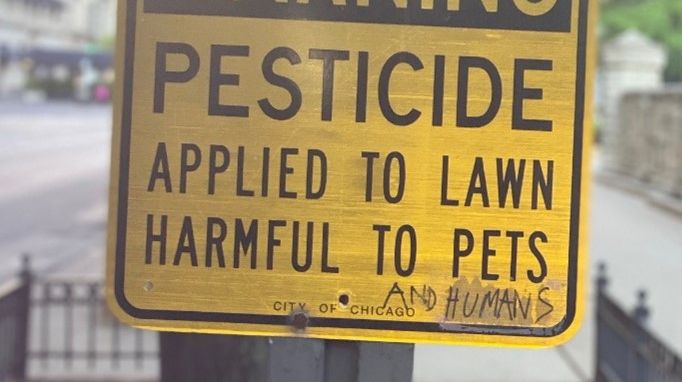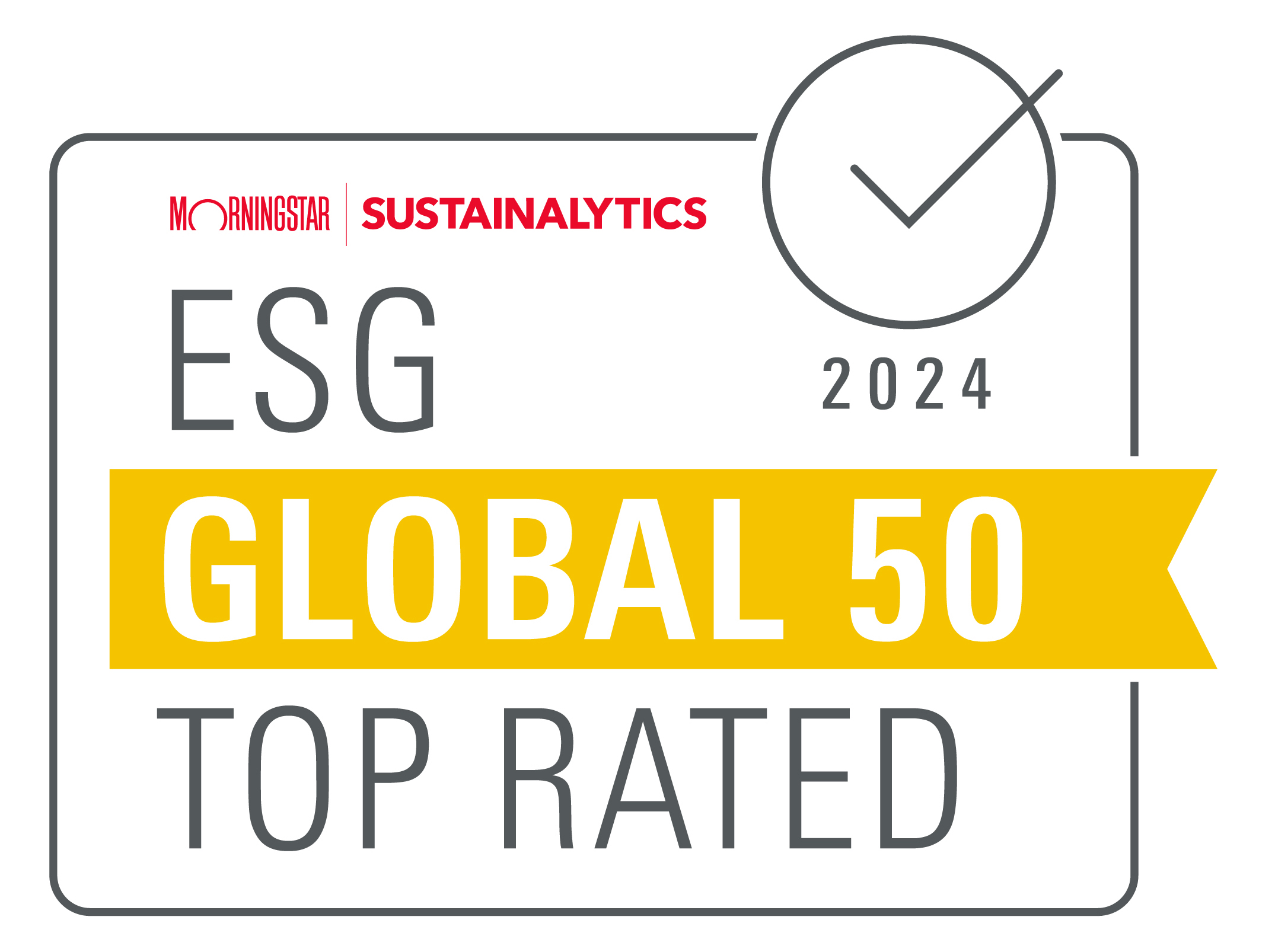What consumers often don't know or realize is that there are numerous alternatives to chemical pesticides, also known as crop protection agents in the industry. It may sound friendly, but are those synthetic "crop protection agents" really harmless?
The answer to that is not always as simple as an article from Wageningen University demonstrates. There are different levels of pesticides, and not all pesticides are equal. However, it is clear that pesticides are more harmful to biodiversity and health compared to organic crop protection agents. Therefore, the obvious choice is to opt for a solution that does not, or minimally, involve the use of chemical pesticides, especially considering the impact such products can have on public health.
So how do we meet the food needs of the rapidly growing world population?
According to the United Nations, it is expected that by 2050, there will be 10 billion people living on our planet. Providing sufficient and healthy food for this enormous growth challenges the limits of what our planet can sustain. It is undoubtedly a challenge, especially when we also aim to reduce the use of chemical crop protection agents. However, it is not impossible if we make drastic changes to our consumption and food production. What should we consider?
Produce more sustainably to prevent environmental damage and climate change.
Shift the human diet towards plant-based products instead of meat products.
Ensure that the production of animal feed does not hinder the production of crops for human consumption.
Prevention is better than cure
As with all challenges, prevention is always your best option. But how can you prevent your crops, or the food you eat, from being sprayed with harmful substances? As a consumer, you can choose options where no chemical pesticides have been used. As a grower, you can opt for organic and/or mechanical prevention.
In terms of organic prevention, you can consider using natural enemies of organisms that threaten your crops. For mechanical prevention, for example, installing mesh systems in your ventilation systems can be a sustainable solution. Not only do they keep harmful insects outside your greenhouse, but they also ensure that beneficial insects, such as bumble bees, remain inside.
In addition to these solutions, there are additional measures you can take within a well-thought-out Integrated Pest Management (IPM) strategy. The Greenhouse University webinar on "Sustainable IPM" explains what a good strategy should entail.
Legislation is helping us move towards sustainable food cultivation
In December 2022, the United Nations Biodiversity Conference 2022 (COP15), took place in Canada. The UN Biodiversity Conference 2022 (COP 15) agreement was signed, committing participating countries to 23 objectives, including:
Effectively conserve and manage at least 30% of the world's lands, inland waters, coastal areas, and oceans, with a focus on biodiversity. Currently, only 17% of land and 8% of marine areas are protected.
Reduce the loss of areas with high biodiversity importance, including ecosystems with high ecological integrity, to near zero. Examples of areas with high ecological integrity include Brazil, South Africa, and Madagascar.
Reduce excess nutrients and the overall risk posed by pesticides and highly hazardous chemicals by 50%.
Gradually phase out or reform subsidies that harm biodiversity, amounting to at least $500 billion per year, while increasing positive incentives for biodiversity conservation and sustainable use by 2030.
Mobilize at least $200 billion per year in domestic and international funding related to biodiversity by 2030 from both public and private sources.
Require large multinational corporations and financial institutions to monitor, assess, and transparently disclose their risks, dependencies, and impacts on biodiversity.
Where the CO2 footprint is already a widely understood concept, the impact on biodiversity will become an equally important key performance indicator for businesses in the short term.
Legally reducing pesticide use, combined with positive measures to promote biodiversity, accelerates the trend towards healthier cultivation. Ultimately, this benefits not only the consumer and the grower but, most importantly, future generations!
If you 'd like to know more on this topic, please contact us on communication@boalgroup.com
Sources:
https://www.wur.nl/en/news-wur/show/the-sprint-towards-a-sustainable-future.htm
https://www.wur.nl/nl/show-longread/bestrijdingsmiddelen-gif-of-gewasbeschermingsmiddelen.htm
https://www.wur.nl/en/themes/from-hunger-to-food-security.htm

